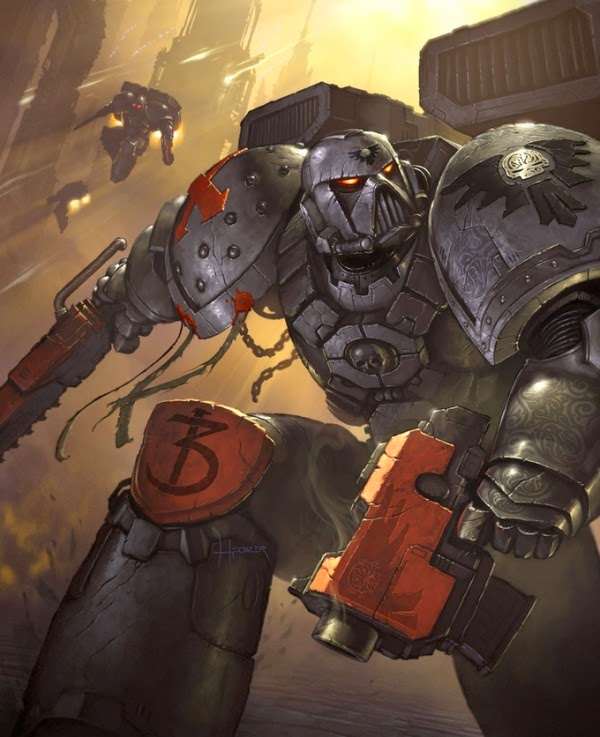

- Fantasy general 2 artifacts archive#
- Fantasy general 2 artifacts software#
- Fantasy general 2 artifacts professional#
In this chapter, we focus on that moment in which fans decide to turn over collections for research and professional preservation. This dissertation will study the videogame as a museum object, the initiatives being taken to preserve it, and the challenges inherent in doing so. Publishers and developers are afraid to share their work with institutions, and for that reason, alternatives to traditional techniques have been developed, such as emulation and migration. Nevertheless, the nature of videogames as a primarily commercial product has presented some issues to museums, particularly if the aim is to preserve the game in playable form. Today, game studies are established as a discipline in universities, and new institutions and projects have joined the preservation efforts. Academic journals started to explore videogames, and preservation efforts, previously restricted to fan initiatives, began to be undertaken in institutions such as the Computerspielemuseum in Germany and The Strong in the USA. During the early 2000s, we started to see a growing acceptance of videogames as a cultural product and not merely as a toy. Videogames are the most successful entertainment industry today, but before they entered the “mainstream”, they were targeted at children and addressed by the traditional media as a bad influence. Through an analysis of retro gamer sites and the PMA, I present an exemplar for future collaborative practice between museums and online communities for the display and documentation of born digital artefacts.

Born digital artefacts need to be recorded and represented through the documentation of their systems and the experiences they afford their users. This thesis contributes to broader questions about the display and collection of digital heritage by museums confronted with the challenges of a future in which screen culture will no longer leave material traces. Through an analysis of the PMA I examine new ways of documenting and displaying born digital work.
Fantasy general 2 artifacts archive#
The PMA website is designed as both exhibition and archive with the intent of engaging online communities in sharing their recollections of 1980s games. The importance of personal memories for videogame history is further explored in the case study of the Popular Memory Archive (PMA). Through examination of retro gamer sites and other player made artefacts, I develop a novel argument for the importance of player memory in capturing how people experienced videogames and engaged with broader game culture. Online retro gamer communities have created extensive archives of early microcomputer games, developing systems and procedures for their preservation and documentation. In addressing the challenges of curating videogames, which are understood as both ‘artefacts and experiences’, I explore what museums can learn from the practices of retro game communities. Responding to this need, I undertake research on an important chapter of Australian videogame history. Notable scholars to have proposed the need for such a historiography include Raiford Guins, Henry Lowood, Jakko Suominen and Melanie Swalwell. Local game histories form a crucial component of a response to the call for a critical historiography of videogames. This thesis examines the curation of a local history of Australian videogames for the era of the microcomputer and, in the process, provides an example of how museums can effectively engage with online communities to document and display videogames. There are, however, minimal examples of how museums might realize this opportunity. The importance of the work of retro gamers and fan communities within the field of videogame preservation has been acknowledged and the need for institutional collaboration with these communities has also been recognised. Future work should include the identification of important user groups, an examination of games’ context of use, and the development of representational models to describe interaction of players with the game and the interactions between players playing the game. In addition to covering the traditional technology-related issues inherent in all digital preservation endeavors, this review also attempts to describe the complexities and relationships between the traditional acts of technology preservation, representation, and collection development. This article reviews the literature related to videogame preservation.
Fantasy general 2 artifacts software#
Not only are they digital and hence very difficult to preserve but they also are software systems that have significant hardware, peripheral, and network dependencies, which are difficult to collect and formally represent. They also present challenges that anticipate the problems inherent in any complex digital interactive system. Videogames are important cultural and economic artifacts.


 0 kommentar(er)
0 kommentar(er)
